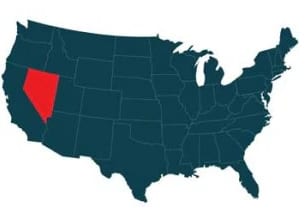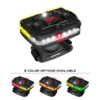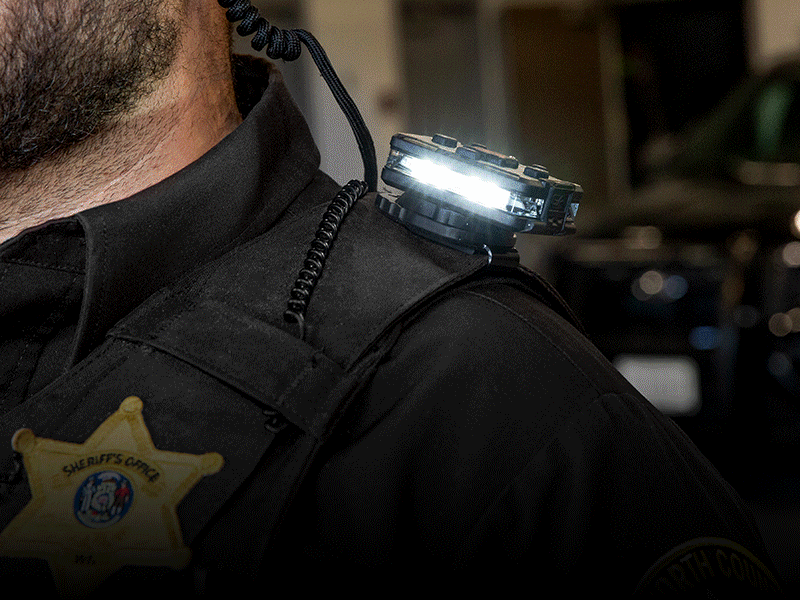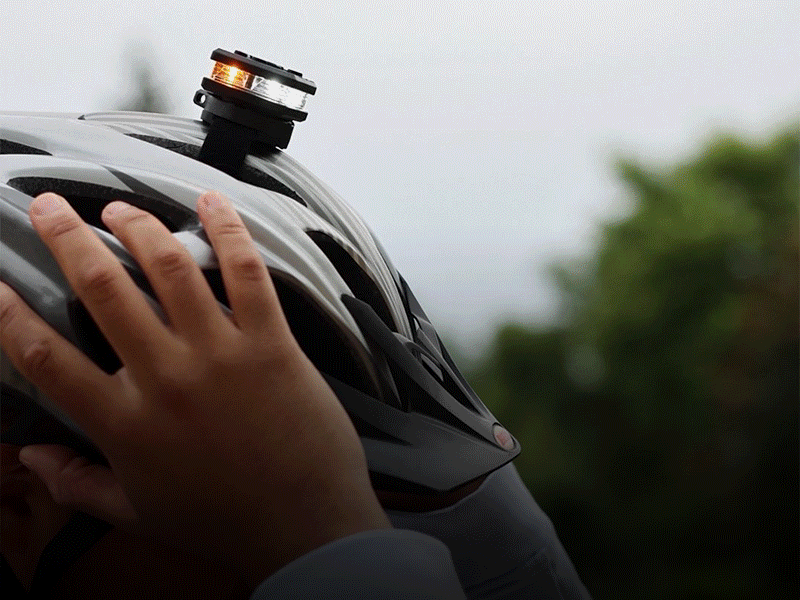Nevada Emergency Vehicle Light State Statutes
Nevada Emergency Vehicle Light State Statutes
Like anywhere else, Nevada has strict laws about who can have lights for emergency vehicles and in what colors. If you buy any form of LED lights in Nevada for emergency use, there are limits on colors you can use to identify your car. Such laws also regulate the fines and other penalties for those who install emergency lights when they do not have proper licensing or registration to their vehicles.

Quick Breakdown of Light Designations for Emergency Vehicles and Other
- City Police
- Sheriff
- State Trooper
- Fire Truck Lights
- Volunteer Fire Fighter
- Ambulance
- Tow Truck
- Construction Lights
- Utility Vehicles
- Pilot Vehicles
- Security Vehicles
These vehicles may all have different lights that look similar to each other but they mean different things on the way to other drivers. Most people recognize police lights, but between ambulance lights and a fire truck they may become confused.
Besides, Nevada has certain laws on actions you need to take when you see these different lights as a driver.
Nevada State Statute 484A.020
All traffic laws and emergency vehicle light restrictions are listed under Nevada State Statute 484A.020. It governs what kinds of lights can be used by what vehicles and defines every type of vehicle on the road, as well as citations, arrests, violations and other designations that drivers should be aware of before going on the road.
Under this statute, where emergency lights are on, the first responders listed below may also break certain traffic laws. These lights give the Nevada Department of Automotive Vehicles permission to do so. Under this statute also some other vehicles are allowed to use warning lights.
Police Lights
This is probably the most prevalent form of road lights. These police lights identify various types of police as well as actions you should be taking as a driver. There are classifications for Nevada City Police or Local Police, Sheriff Department, and State Troopers within the Police Department.
City Police Under the statute, city police in Nevada are required to have red flashing and solid blue emergency lights as per section 480.3 of the Nevada Statute. This means that when responding to an incident police must have at least one light that is red and flashing. The red light must be forward-facing, while the blue light can be placed either in the vehicle’s rear, front or side.
Sheriff Lights The department of the Sheriff follows the same rules for lighting as the city police, but they can use alternating emergency lights if required. The main difference between the city police and the Department of Sheriff is the vehicle and the designation on the vehicle’s body, rather than the lights.
State Troopers These vehicles are different from police vehicles and Sheriff vehicles that respond to city incidents. While they may be heading to an accident inside their city, their vehicles only differ in the vehicle’s markings. Such cars have the same red and blue lights as other police cars.
Fire Truck Lights
The statute for emergency light in Nevada also specifies what kinds of lights can be used on fire fighter response vehicles. Nevada law requires fire trucks to have at least one red flashing light. Fire trucks may also use blue lighting though, but this fire truck light must face the vehicle’s rear, side, or front.
Volunteer Fire Fighter Lights
Lighting as a volunteer fire fighter is optional for your vehicle. But, if you’re a registered volunteer, one red flashing light is permitted on your car.
Ambulance Emergency Lights
Ambulances have a difficult task in responding to an incident and transporting the victims. We may have multiple red lights but at least one prominent red flashing light is needed. They may also have blue lights while facing the rear, side, or front of the rig. Many ambulances use red lights primarily to avoid confusion.
There are no specific laws in the Nevada legislation which define what warning lights to use by tow trucks. The law, however, does talk about warning lights that can be used. If the tow truck is licensed, they can then add warning lights, typically yellow or white, as approved by the Transportation Department of Nevada.
Construction Vehicle Lights
Like tow trucks, for some category of lighting construction vehicles are not really specified. We may however also use warning lights. Those are typically yellow and white.
Utility Vehicles
Power trucks and other utility vehicles also may have white or yellow warning strobe lights on their trucks.
Pilot Vehicle
Pilot Car The state of Nevada specifies certain lighting needed for pilot cars requiring amber lights. Transportation Department of Nevada issues licenses to those who are entitled to have the amber lights on their cars. You need to be able to demonstrate that you are working with oversized vehicles and need amber lighting on your vehicle. The car should have the amber light placed on top. You can use blinking or rotating lights. Also the light has to be visible for at least 500 feet.
Security Vehicles
There are certain lights that can also be placed on the vehicle for those who work in security and use a vehicle to monitor the safety of the parking areas or the building. These include yellow and white lighting, in no way resembling police lighting. The lights may flash but may never seem to be a first responder or ambulance light. In order to be legal, the safety vehicles must also pass certain requirements. Most of these vehicles, however, are privately owned and operated, meaning you might see different light placings.
Fines and punishments for using the wrong emergency light
The Nevada emergency lights statute stipulates that drivers and other vehicle operators may be fined for having the wrong lights on their cars. Impersonating a red and blue lights police car carries the toughest fines if civilians put those lights on their vehicles. While anybody can purchase an emergency light, putting it on a vehicle can have heavy consequences.
For example, when they’re not a police officer or first responder, a civilian may be arrested for having a red light on their vehicle. Depending on the judge’s ruling, they may be fined up to $5,000, 6 months in jail or face community service. Many lights are however allowed for off-road and private use. This means you may be allowed to use warning lights on your own private property. Also, you should be careful not to impersonate a Nevada state police vehicle.
Quick Review of Emergency Lighting Laws in Nevada
You should read through Nevada State Statute 484A.020 if you need any type of emergency or warning light in Nevada. It gives you a complete breakdown of what you can and can not put on your car unless you have the right approvals.
While permissions may allow you to add some colored lights to your vehicles, you must obtain your permission from the Motor Vehicles Department of Nevada before you can put the lights on your vehicle.
Additionally, specific colors of light indicate which type of first responder is on the road. Of all the emergency lights, police officers are the most relevant category.
Here’s a quick cheat sheet:
- Police: flashing red light and rotating blue lights
- Fire trucks: one flashing red light and possibly a blue light
- Ambulance: one flashing red light and possible blue lights
- Pilot cars: one amber light, must have permitted
- Utility trucks, tow trucks and construction: may use warning lights
For more information on what lights are available to you, we suggest calling your State Highway Patrol office at: 775-687-5300
* Please note that these numbers are what we can currently find and may have changed since this page.





